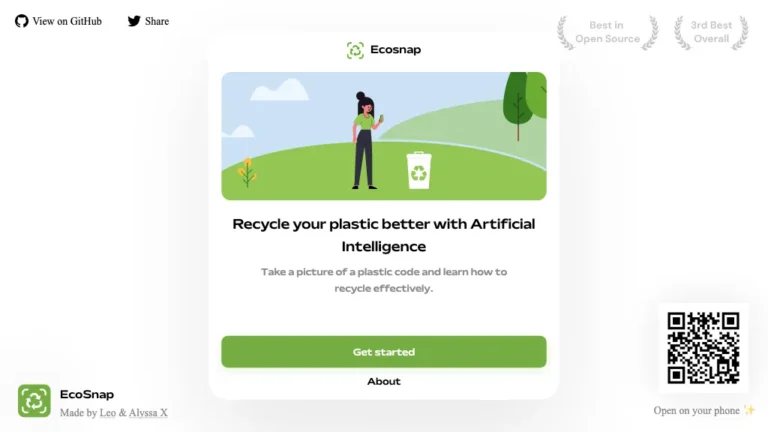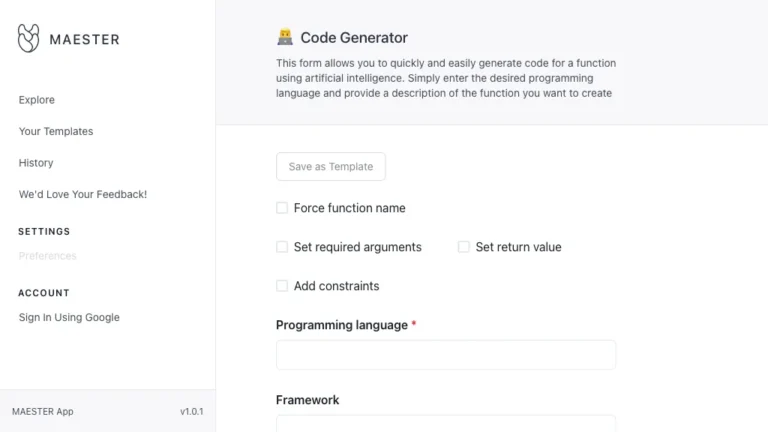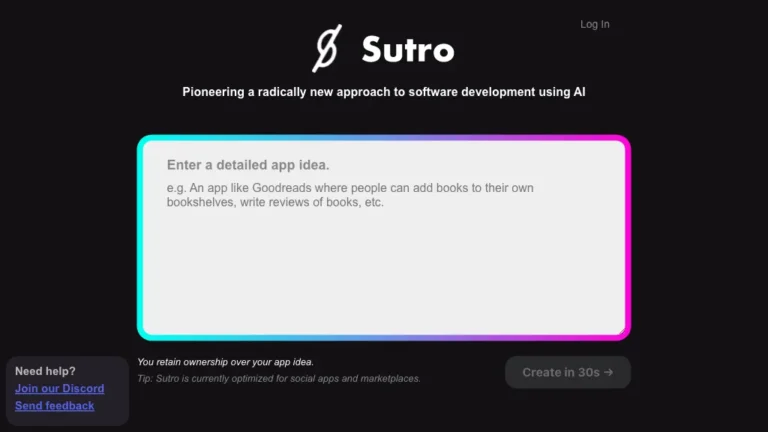Overview of Imaginary Programming
Imaginary Programming is an innovative AI tool leveraging OpenAI’s GPT engine to perform tasks such as text generation, data classification, and parsing both structured and unstructured language. Specifically designed for ease of use, it enables users to define function prototypes in TypeScript, with GPT seamlessly handling the execution. Compatible with Node.js, next.js, and React, this tool eliminates the need for a dedicated machine learning team, making advanced AI accessible to developers across different projects.
How Does Imaginary Programming Work?
Imaginary Programming operates by:
- GPT-Powered Tasks:
- Utilizing OpenAI’s GPT engine for tasks like text generation and data classification.
- TypeScript Integration:
- Enabling users to define function prototypes in TypeScript.
- Seamless Integration:
- Easily integrating into Node.js, next.js, and React projects without requiring a dedicated ML team.
Imaginary Programming Features & Functionalities
- Text Generation:
- Capable of generating human-like text for various applications.
- Data Classification:
- Efficiently classifies data with AI-driven precision.
- TypeScript Prototypes:
- Allows users to define function prototypes in TypeScript.
- Project Integration:
- Seamlessly integrates into Node.js, next.js, and React projects.
Benefits of Using Imaginary Programming
Imaginary Programming offers numerous benefits, including:
- Accessibility:
- Enables developers to harness advanced AI without a dedicated ML team.
- Versatility:
- A variety of use cases, from text generation to data classification.
- Time Efficiency:
- Streamlines development processes with GPT’s powerful capabilities.
Use Cases and Applications
Imaginary Programming is ideal for:
- Developers Without ML Expertise:
- Offering advanced AI functionalities to developers without a dedicated ML team.
- Text-Based AI Tasks:
- Suitable for projects requiring human-like intelligence in text-based tasks.
Who is Imaginary Programming For?
Imaginary Programming caters to:
- Developers Across Frameworks:
- Node.js, next.js, and React developers seeking easy AI integration.
- Teams Without ML Resources:
- Projects lacking a dedicated machine learning team.
How to Use Imaginary Programming
- Install Imaginary Programming:
- Download and install the tool in your development environment.
- Define TypeScript Prototypes:
- Specify function prototypes using TypeScript for GPT to understand.
- Integrate Into Projects:
- Seamlessly integrate Imaginary Programming into Node.js, next.js, and React projects.
FAQs about Imaginary Programming
- Is Imaginary Programming compatible with other programming languages?
- Currently, Imaginary Programming primarily supports TypeScript.
- Can Imaginary Programming handle complex data structures?
- Yes, the tool is designed to parse both structured and unstructured language.
- Does Imaginary Programming require a deep understanding of machine learning?
- No, developers without extensive ML expertise can use Imaginary Programming effectively.
- Is there a limit to the length of generated text?
- The length of generated text may depend on the specific task and input.
- Are there any additional costs associated with using Imaginary Programming?
- Pricing details and potential costs should be checked on the official Imaginary Programming website.
- Can Imaginary Programming be used for real-time applications?
- Yes, Imaginary Programming can be applied to real-time applications depending on the project requirements.
Conclusion
Imaginary Programming, with its integration of OpenAI’s GPT engine, brings advanced AI capabilities to developers, offering a wide range of applications from text generation to data classification. Seamlessly integrating into popular frameworks, it empowers developers to leverage the power of AI without the need for specialized machine learning expertise.










